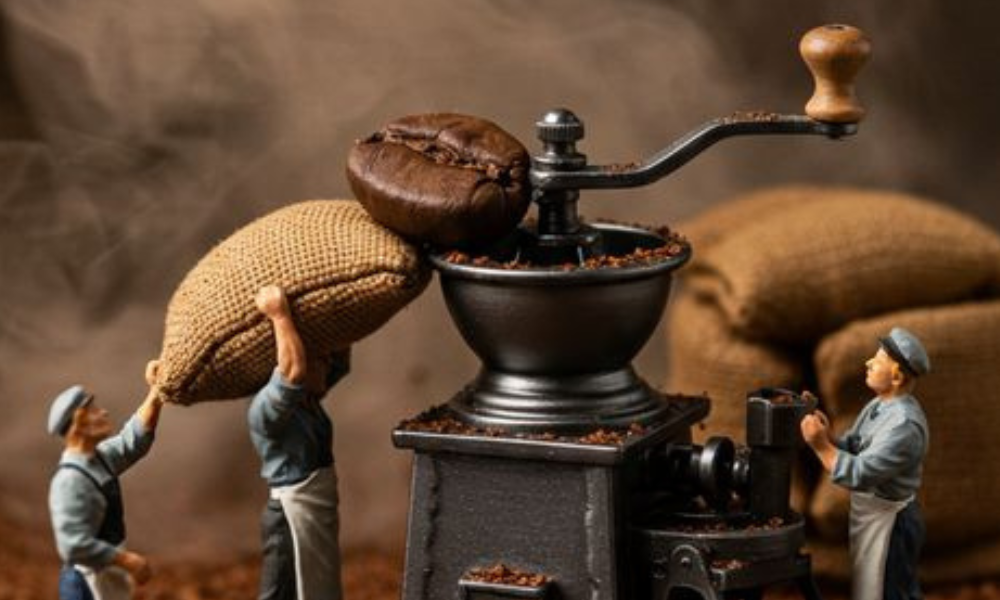To discover its journey from bean to cup, you can visit a coffee museum to live an intimate, interactive, and educational experience. These museums document the history, science, and social effects of coffee. They exist on every continent, with unique attractions that reflect the coffee culture of each region.
What is a Coffee Museum?
A coffee museum is a cultural center or exhibit that addresses the history, production, and cultural impact of coffee. They typically consist of historical items, brewing demonstrations, educational exhibits, and occasionally even functioning plantations or roasteries. Visitors can learn about where and how coffee originated in Ethiopia, spread throughout the Arabian Peninsula, and eventually arrived in Europe and the Americas. The majority of the exhibits deal with matters of coffee cultivation, roasting, brewing traditions, and commercial history.
Top Coffee Museums in the World
The below are some of the most notable coffee museums for the fidelity of and aptly curated collections:
Museo del Caffè Dersut – Conegliano, Italy
Located in Italy’s Veneto, this museum was established by Dersut Caffè, a vintage Italian coffee business. It showcases a vast collection of coffee grinders, espresso machines, and brewing devices dating back to the 1800s. The museum also offers guided tours explaining the history of Italian coffee culture.
Coffee Museum – Dubai, United Arab Emirates
Located in Dubai’s Al Fahidi Historical Neighborhood, this museum explores the global history of coffee, with a special focus on Arabic coffee traditions. Exhibits include antique brewing pots, literature on coffee, and demonstrations of Arabic preparation methods like “dallah” brewing.
Kaffa Coffee Museum – Bonga, Ethiopia
Situated in the Kaffa area, considered to be the birthplace of Arabica coffee, this museum focuses on Ethiopia’s four-hundred-year-old history with coffee. Exhibits vary from ancient brewing ceremonies practiced in Ethiopia to historic farming tools and indigenous Arabica crops.
Museo del Café – Coatepec, Mexico
This museum is found in one of Mexico’s primary coffee-producing areas. It has coffee farm, drying, and roasting process exhibits. Guided tours may involve strolls through surrounding plantations, where guests get to experience coffee production firsthand.
Coffee Museum – Santos, Brazil
Santos is Brazil’s largest coffee port, and the museum is located in the former Coffee Stock Exchange building. The museum provides a glimpse into the history of Brazil’s coffee economy, which has been among the world’s largest producers since the 19th century. Espresso tastings and classes are also offered.
What You Can Learn
In a coffee museum, you can learn:
- The history of coffee in Ethiopia and Yemen
- The development of European coffee houses during the 17th and 18th centuries
- Coffee’s significance in international trade and colonial economies
- Variations in cultivation between Arabica and Robusta beans
- Historical brewing methods by region (e.g., Turkish, Italian, Ethiopian)
There are some museums with scientific displays describing the chemical composition of coffee, the impact of caffeine on the human body, and innovations in sustainable agricultural practices.
Why Visit a Coffee Museum?
For tourists, a coffee museum is a unique way of getting to know the culture of a place through one of the region’s most important exports. Most museums include cafes or tastings where you get to sample the product once you have heard all about it. Some even offer brewing, roasting, or even coffee cupping classes.
Coffee museums give education and a sense of appreciation for a beverage that has impacted economies, cultures, and daily life across the world. Whether you are visiting Ethiopia, Italy, Brazil, or Dubai, you will discover more about the world behind your everyday cup.



